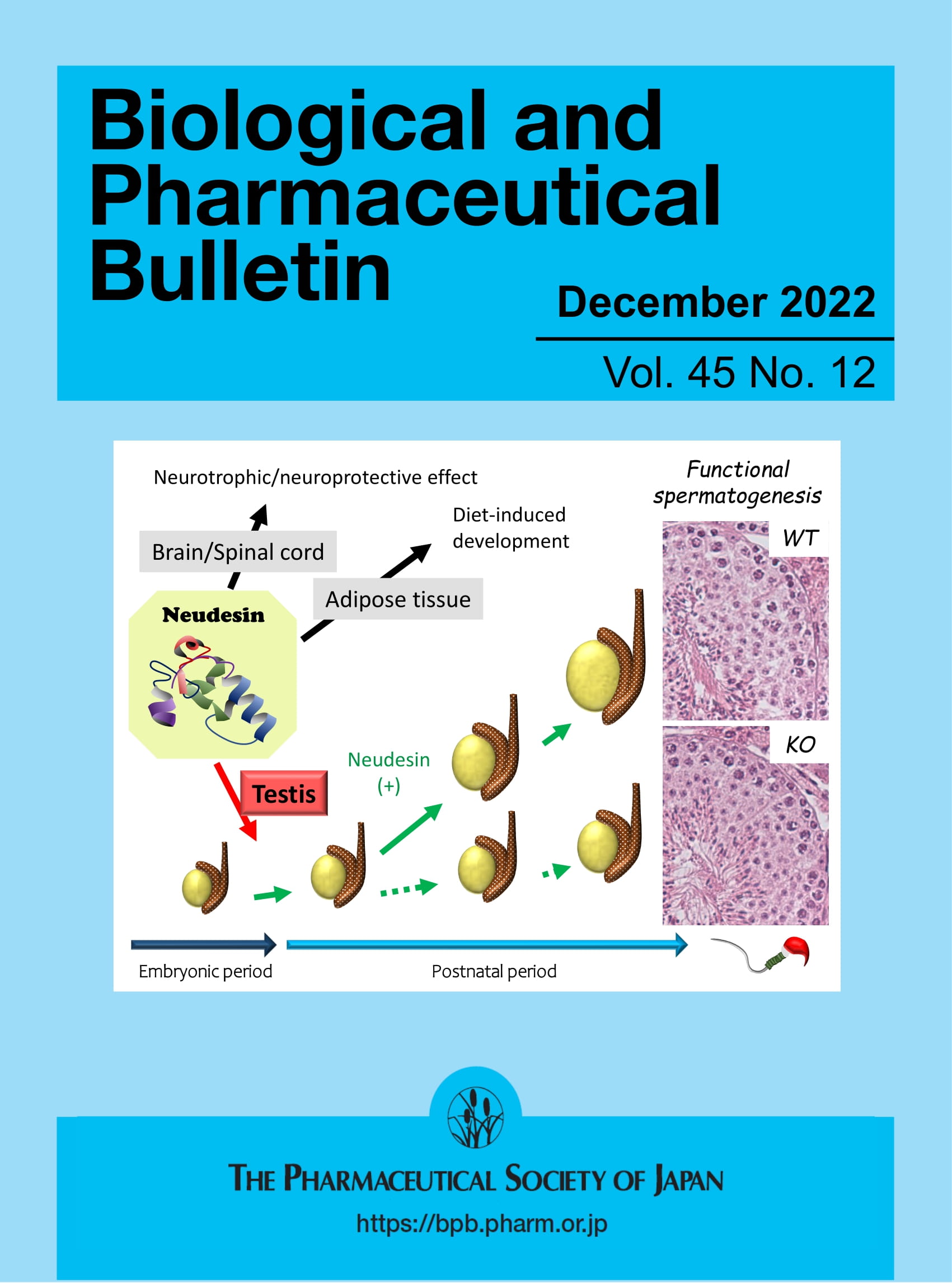Preliminary Insights Into the Feasibility of Determining the Purification Date of Enriched Uranium by Direct Measurement of the 230Th/234U Ratio Using an All-Faraday Detector Configuration on the Neoma MC-ICP-MS
Abstract
Rationale
Mass spectrometric measurement of the 230Th/234U ratio to calculate the purification age of enriched uranium is typically conducted via a combination of ion counters and faraday detectors, thus requiring an inter-detector calibration scheme. Our aim is to understand whether the pursuit of a simplified measurement scheme involving only faraday detectors is feasible.
Methods
We investigate the possibility of determining U-Th model ages for two enriched uranium standards (NBL U630 and U850) by direct measurement of the 230Th/234U ratio (without chromatographic separation or isotope dilution) on a ThermoFisher Scientific Neoma MC-ICP-MS utilizing both solution and laser ablation (LA)-based sampling techniques and an all-faraday detector configuration.
Results
For the solution mode analyses conducted on aliquots containing sub μg/mL total U, we produce composite average 230Th/234U model dates of May 19, 1988 (± 351 days), and March 26, 1961 (± 2.5 years) using the directly measured 230Th/234U ratios for the NBL U630 and U850 uranium standards, which have certified purification dates of June 6, 1988 (± 190 days), and December 31, 1957 (± 36.5 days), respectively. The ages produced by LA-based sampling of dried residues of the same standards deposited onto cotton TexWipes are less accurate and of poorer precision (June 23, 2004 ± 8.7 years for U630 and December 21, 1965 ± 7.9 years for U850) but still yield meaningful information in regards to the purification date.
Conclusions
We believe that further refinement of the all faraday detector measurement approach to include development of a more robust Th/U relative sensitivity factor determination, signal cutoff selection, and data processing protocols will allow for this approach to be confidently applied to enriched uranium materials with unknown purification histories. Potential advantages of the method include the reduced sample handling and infrastructure requirements as well as the ability to simultaneously generate a broad picture of the uranium isotopic composition in tandem with the U-Th age determination.



 求助内容:
求助内容: 应助结果提醒方式:
应助结果提醒方式:


